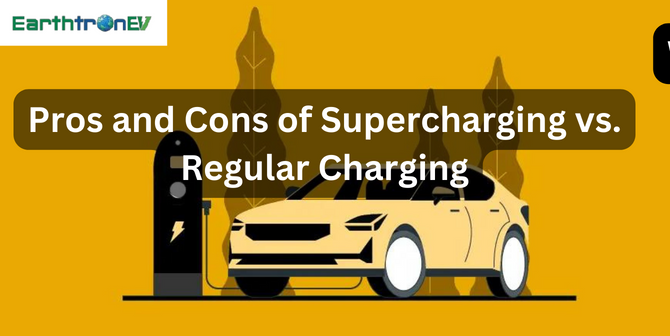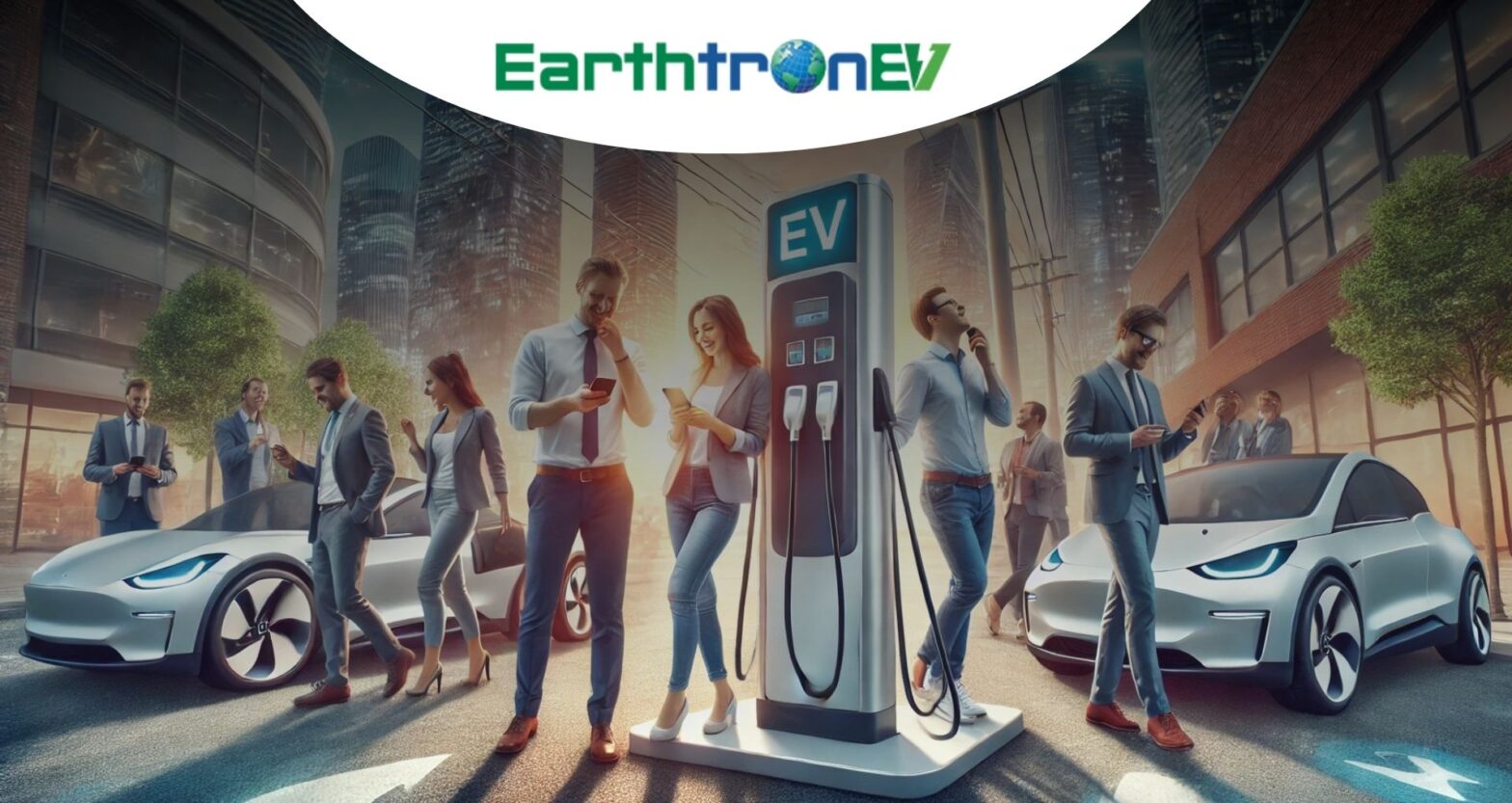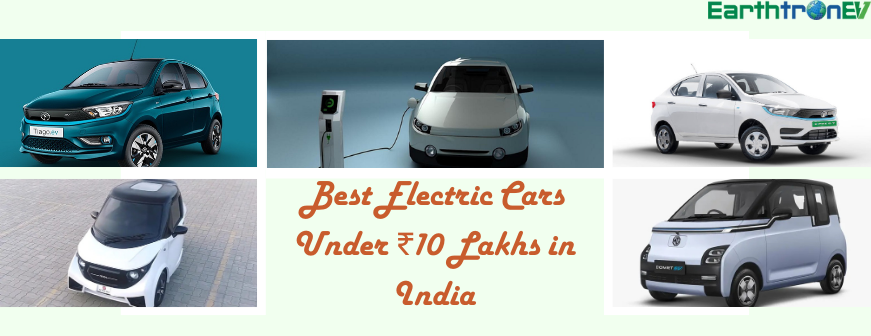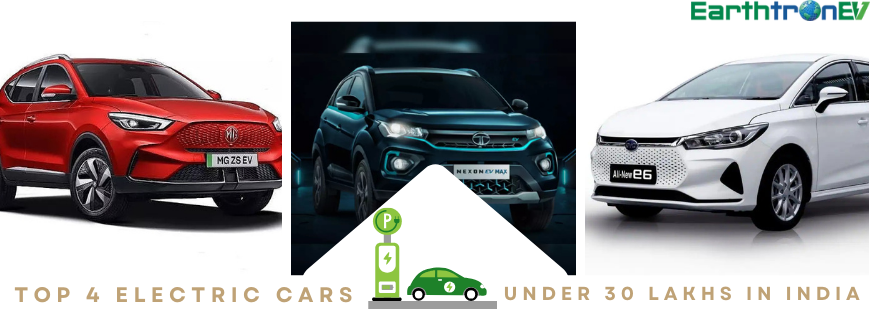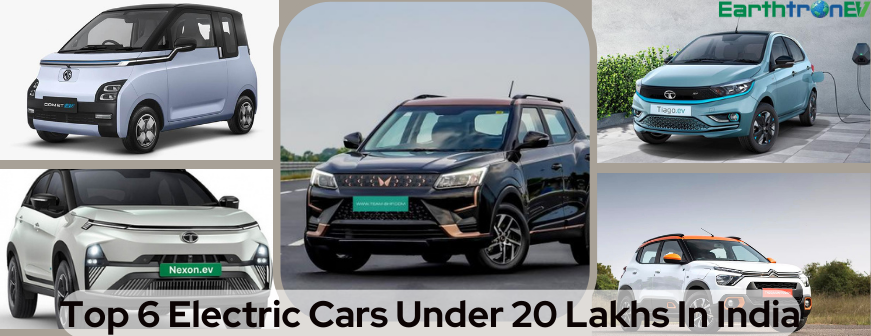Today’s fast-paced society embraces electric automobiles (EVs), and the discussion over charging methods has heated up.
EV users have two main charging options: supercharging and ordinary charging, with pros and cons. Let’s compare the pros and cons of these two billing methods to assist you in selecting.
Regular Charging
Advantages:
Cost-effective:
The most economical EV charge is regularly, which is best accomplished at home using a standard wall outlet. Because petrol is often more expensive than electricity, installing a home charger may save expenses by obviating the need for costly public charging stations.
Convenience:
Charging an electric car at home while you sleep or do your daily activities is convenient. It may save you time and effort to avoid making extra excursions to charging facilities.
Extended Battery Life:
Slower charging usually produces less heat, which is good for the battery life of your electric vehicle. It lessens deterioration, which can prolong the battery’s life.
Drawbacks:
Slow Charging:
Compared to supercharging, regular charging is slower. Your EV may take several hours to charge completely, so there are better options for lengthy trips requiring frequent top-ups.
Limited Range:
The slow charging rate may be beneficial if you go far. If you use your EV for everyday commuting or road trips, there may be better solutions than charging.
Supercharging
Advantages
High-Speed Charging:
Supercharging stations provide quick charging that gives your EV a significant amount of electricity quickly. Long-distance travel and fast top-ups throughout a hectic day are ideal for this.
Wide Availability:
Supercharging networks, including Tesla’s Supercharger network, are growing quickly. This implies that even while traveling cross-country, you have a higher chance of coming across a supercharging station when needed.
Convenience for Travellers:
Supercharging is revolutionary for those who take road trips. Because you can easily recharge your EV at key points, it gives you the confidence to go great distances.
Drawbacks
Cost:
Compared to standard charging, supercharging is often more costly. Unquestionably convenient, but if you depend on supercharging regularly, the price might go up.
Battery Stress:
The increased heat produced by rapid charging may strain your electric vehicle’s battery. Although this is something that contemporary EVs are built to withstand, it may eventually affect battery life.
Not for Daily Use: Supercharging is designed to be used sparingly. It is best for long-distance travel when you need a rapid boost since regular supercharging might be bad for your battery.
In conclusion, your unique demands and preferences determine whether you choose supercharging or standard charging. Regular charging is the most economical and battery-friendly choice if your EV is mostly used for daily commuting and you can conveniently access a home charging station. On the other hand, supercharging is invaluable if you often travel long distances or want rapid charging for various reasons.
And let’s not overlook the advantages electric cars provide for the environment. They make the world greener and more sustainable by lowering air pollution and dependency on fossil fuels. EarthtronEV is a fantastic company for adopting EV technology and its environmental advantages. Earthenev is committed to facilitating people’s transition to electric cars by supporting sustainable and clean transportation solutions.
The choice between supercharging and regular charging ultimately depends on your circumstances. Whichever strategy you decide on, moving to electric vehicles is a step towards a more environmentally friendly and sustainable future.
